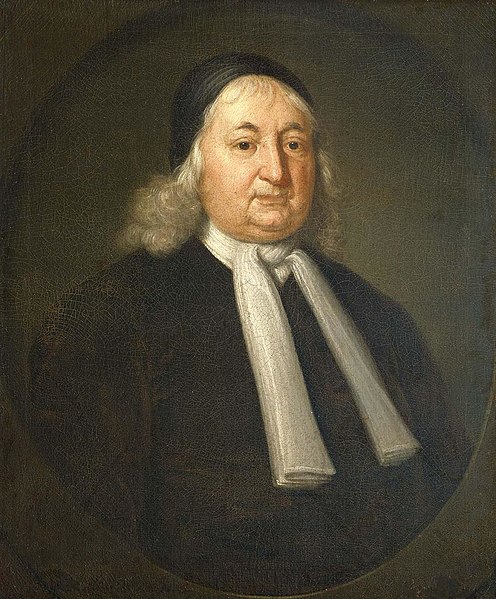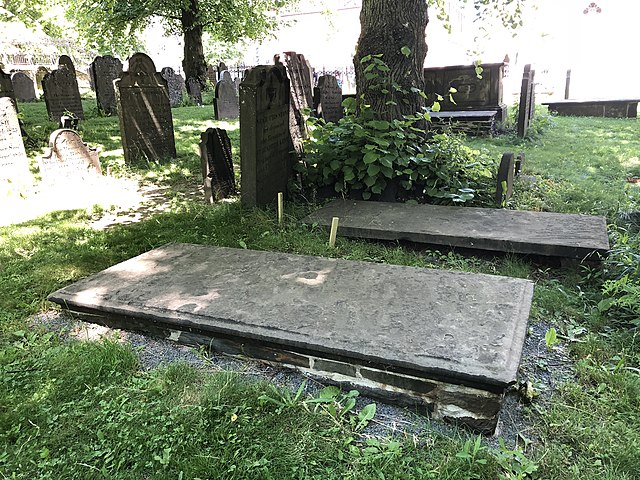The Liberator (newspaper)
The Liberator (1831–1865) was a weekly abolitionist newspaper, printed and published in Boston by William Lloyd Garrison and, through 1839, by Isaac Knapp. Religious rather than political, it appealed to the moral conscience of its readers, urging them to demand immediate freeing of the slaves ("immediatism"). It also promoted women's rights, an issue that split the American abolitionist movement. Despite its modest circulation of 3,000, it had prominent and influential readers, including all the abolitionist leaders, among them Frederick Douglass, Beriah Green, Arthur and Lewis Tappan, and Alfred Niger. It frequently printed or reprinted letters, reports, sermons, and news stories relating to American slavery, becoming a sort of community bulletin board for the new abolitionist movement that Garrison helped foster.
Liberator v.1, No.1, 1831
Fundraising appeal of William Garrison, 1834
Abolitionism in the United States
In the United States, abolitionism, the movement that sought to end slavery in the country, was active from the colonial era until the American Civil War, the end of which brought about the abolition of American slavery, except as punishment for a crime, through the Thirteenth Amendment to the United States Constitution.
Collection box for the Massachusetts Anti-Slavery Society, c. 1850
Thones Kunders's house at 5109 Germantown Avenue, where the 1688 Germantown Quaker Petition Against Slavery was written
Samuel Sewall (1652–1730), judge who wrote The Selling of Joseph (1700) which denounced the spread of slavery in the American colonies
Grave of Benjamin Kent, lawyer who freed a slave in America (1766)






